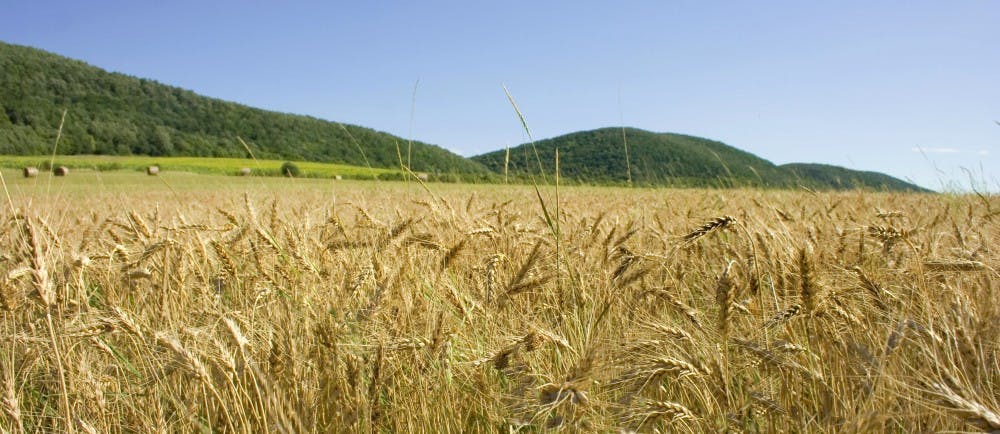By REGINA PALATINI Senior Staff Writer
It’s becoming more and more difficult to get a breath of clean air. The quality of the air that our lives depend on is becoming increasingly polluted. Many times, it comes from unlikely sources. In the Northeastern United States, Europe, Russia, Japan and South Korea, agriculture is the number one cause of soot and smog-related deaths, according to a study recently published in the journal Nature. Worldwide, agriculture is the number two cause, with 664,100 deaths.
So how can agriculture cause so much air pollution?
“The answer lies in the ammonia from fertilizer and animal waste,” Jos Lelieveld, the lead author of the study, said in a press release.
The ammonia combines with sulfates from coal-fired power plants and nitrates from car exhaust to form the soot particles, which are the big pollution killers.
“We were very surprised, but in the end it makes sense,” Lelieveld said.
Allen Robinson, a professor at Carnegie Mellon University who was not involved in the study, told the Associated Press that agricultural emissions are becoming important factors in air pollution and yet are not regulated. He added that the ammonia air pollution from farms could be reduced fairly easily.
A region of the world whose air quality is often of particular concern is China. According to a study recently released by members of Berkeley Earth, a research group located in Berkeley, Calif., outdoor air pollution contributes to the deaths of approximately 1.6 million people in China yearly.
China produces approximately 64 percent of its primary energy from coal. The majority of the pollutants that affect Beijing arise from a distant industrial area that burns coal. Therefore, government officials will be hard-pressed to improve the air quality of the capital city like they promised to do before they host the 2022 Winter Olympic Games.
Berkeley Earth began in 2010, originally with the purpose of studying global temperatures and determining the validity of skeptics of climate change. It has since broadened its interests to other areas of global warming and air pollution. Funding for Berkeley Earth comes from educational grants and the U.S. Department of Energy.
According to the data presented in the Berkeley paper, almost half of China’s inhabitants breathe air that is considered “unhealthy” by metrics employed in the U.S. They found that the most dangerous pollutants contain fine airborne particles that are less than 2.5 micrometers in diameter. The particles are small enough that they can penetrate deep into the lungs of humans and then be absorbed into the bloodstream, causing asthma, strokes, lung cancer and cardiac maladies.
One of Beijing’s proclamations during its bid for the 2022 Winter Olympics was that the air would be clean to breathe for the athletes and attendees. Beijing’s mayor, Wang Anshun, declared that there would be restrictions on vehicles in the city and a replacement of coal-fired heating systems in urban zones with cleaner burning natural gas systems.
Shen Xue, who won the first gold medal in figure skating for China in 2010, was an ambassador for the 2022 bid.
“We will improve the air quality not only for the Games, but also for the demand of our people,” she said in a statement, according to Xinhua, the official Chinese press agency.
In contrast to Anshun’s and Xue’s statements, the Berkeley paper illustrated that, in order to reduce the pollution in Beijing, mitigation methods will need to be implemented across a wide swath of the country southwest of Beijing that contains millions of people.
“It’s not enough to clean up the city,” the Executive Director of Berkeley Earth, Elizabeth Muller, said to The New York Times. “You’re going to also have to clean up the entire industrial region 200 miles away.”





